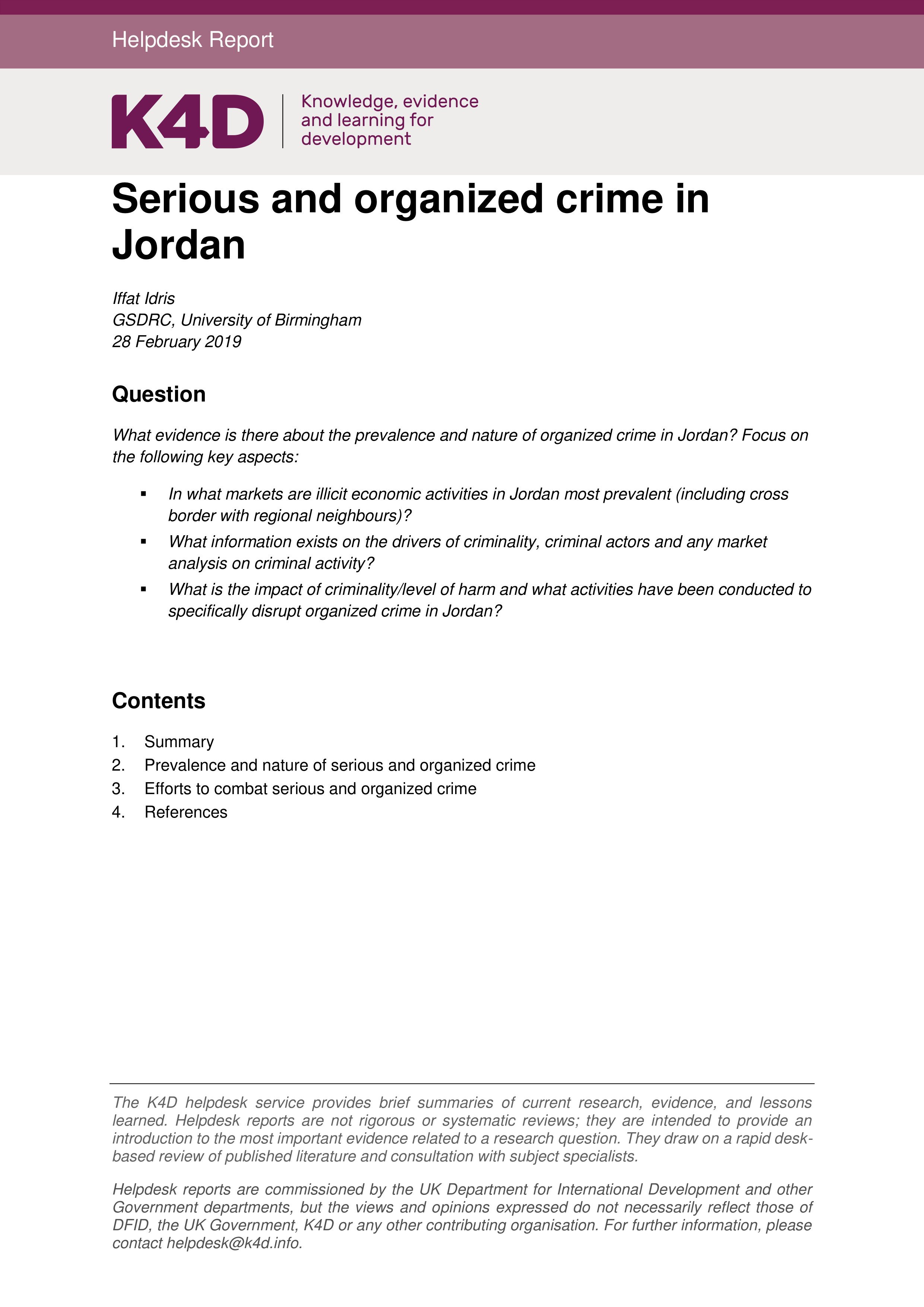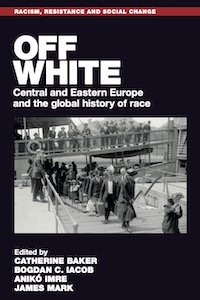By NSW Domestic Violence Death Review Team
This report is the most comprehensive data analyses the Domestic Violence Death Review Team has undertaken to date, presenting detailed findings from over two decades of domestic violence homicides in NSW. It provides crucial insights to guide policymakers, service providers and advocates in preventing, responding to, and aiding recovery from domestic violence.
The dataset has continued to grow year-on-year, not only in the number of cases— now over 1,800— but also in relation to the breadth and complexity of the data captured. The analysis in this report identifies a range of key findings and themes to direct the Team’s work as it recommences its in-depth case review analyses over the next reporting period.
Key findings
Almost one-third of all homicides in NSW occurred in a context of domestic violence.
While most homicides overall involved the deaths of males, females were far more likely to be killed in a domestic violence-context homicide.
Approximately 80% of intimate partner violence homicides involved men killing women.
Men who killed their female intimate partner were almost always the domestic violence abuser in the relationship, while women who killed men were almost always the victim of their partner’s violence.
Over 25% of people killed in a context of domestic violence were born outside of Australia.
Almost 19% of people killed in the context of domestic violence identified as Aboriginal and/or Torres Strait Islander.
For 90% of children killed there was a history of intimate partner violence between their parents.
Over 80% of relative/kin domestic violence-context homicide offenders had a history of experiencing mental health issues.
Sydney: Government of New South Wales, 2024.





















